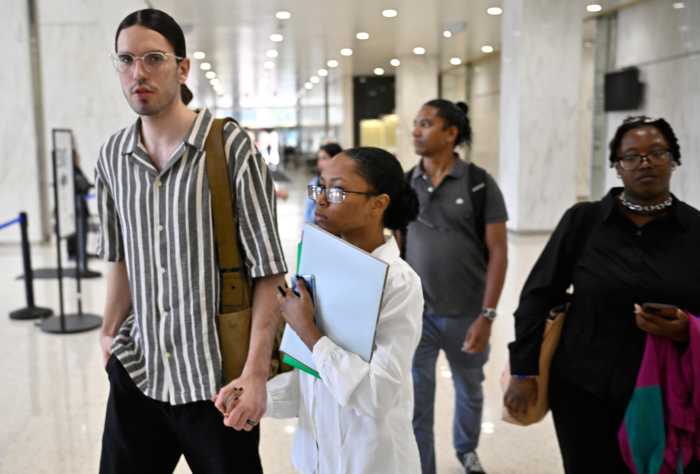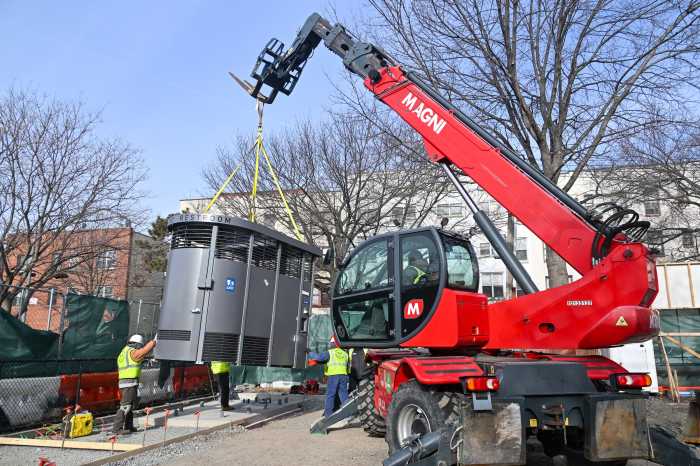This Friday, Sept. 16, doesn’t just mark the end of another workweek. As you look up at the sky around sunset, you’ll notice a full, seemingly larger moon that might even appear orange or yellowish in color.
It is what many call a Harvest Moon and it’s not only a little different from a regular moon, it also symbolizes a change in seasons.
Read on to learn about what sets a Harvest Moon apart from the rest.
What is a Harvest Moon?
A Harvest Moon is the full moon that occurs closest to the autumnal equinox.
What is an equinox? According to NASA, the equinox is when the sun crosses the celestial equator, signifying the first day of fall in the Northern Hemisphere and the first day of spring in the Southern Hemisphere. It is one of two days of the year (the other being the Northern Hemisphere’s spring equinox) that we experience close to 12 hours of daylight and 12 hours of darkness.
This year’s autumnal equinox falls on Thursday, Sept. 22, making Friday’s full moon the closest to the start of fall, and thus, a Harvest Moon.
Though typically the Harvest Moon appears in September, it can occasionally happen in October, according to meteorologist Brian Lada, with AccuWeather.com.
Where did the Harvest Moon get its name?
As one might deduce, the Harvest Moon’s name is closely linked to farmers harvesting their fall crops. Lore has it that Native American farmers called it the Harvest Moon because they could work late into the night and harvest their crops by the light of the full moon, Lada says.
Is a Harvest Moon different from a supermoon?
The short answer: it’s complicated.
A supermoon is when a full moon coincides with the moon’s closest approach to earth on its elliptical orbit (which is known as perigee), giving it the largest apparent size from Earth as possible, EarthSky.com reports.
And while a Harvest Moon can also be a supermoon, this year is not one of those instances, according to Lada. Perigee will take place two days later on Sunday, Sept. 18.
The Harvest Moon, however, will appear slightly larger than a regular moon this year because of its proximity with perigee and its low rise on the horizon.
Why does the Harvest Moon often look orange?
While this is not always the case, the Harvest Moon can sometimes appear orange or yellow, particularly when it first appears on the horizon. This, Lada says, is because around the time of the autumnal equinox, the moon rises so close to when the sun sets that it picks up the orange and yellow hues.
Will the penumbral eclipse be visible during the Harvest Moon?
This year’s Harvest Moon will also coincide with a partial lunar eclipse, however, it won’t be visible in North America unfortunately. Also known as a penumbral eclipse, this occurs when the moon moves through the outer part of the Earth’s shadow, says Emily Rice, a research associate at the American Museum of Natural History. While those in the Eastern Hemisphere will have a chance at viewing the penumbral eclipse, the moon in North America will still be beneath the horizon when it occurs.
Will New Yorkers be able to see the Harvest Moon?
As long as the forecast doesn’t change, New York City residents should have a very good opportunity to catch the Harvest Moon in its full glory. Lada says New Yorkers “shouldn’t have to worry about any clouds.” Friday’s forecast is sunny and comfortable, with a high of 74.
Date and time to best view Harvest Moon in NYC
The sun is expected to set in New York City at 6:52 p.m. on Friday and the moon will rise between 10 and 20 minutes later, while it’s still twilight, Lada said.





























